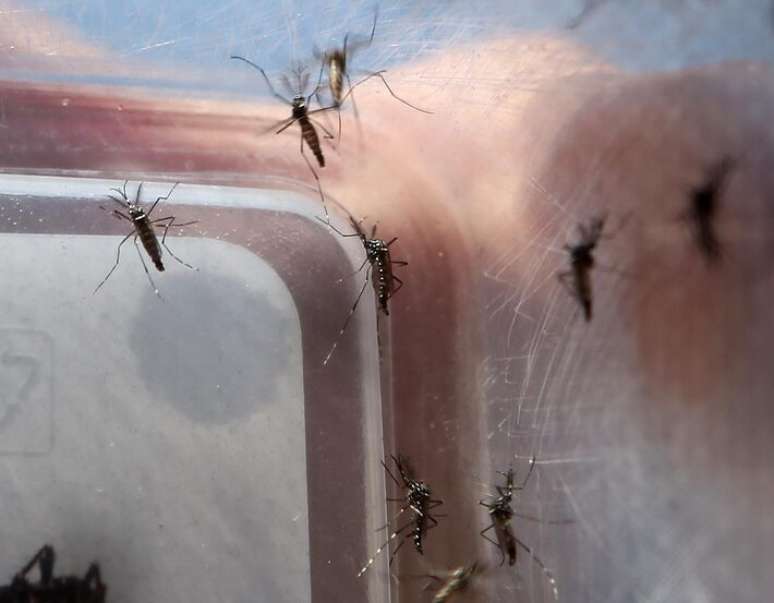The new quality indicator assigns scores of 5.7 to services; the score is below the minimum acceptable score, 6.6
RIO – The quality of medical advice offered to children under 13 in Brazil it is under recommended. The conclusion is from National Sampling Survey (PNAD) Continuous: Primary Health Care, from Brazilian Institute of Geography and Statistics (IBGE)released on the morning of this Wednesday 21.
The research presents a new indicator, the PCATool, which assesses the attributes of consultations in primary care. The scale ranges from 0 to 10. A score above 6.6 indicates that the services provide quality services. For Brazil, the overall score obtained last year was 5.7; well below the minimum recommended quality standard.
No state scored 6.6 or higher. The states with the highest scores are: Mato Grosso (6.4), Federal District (6.1), Saint Catherine (6.1), Rio Grande do Sul (6.0) and Parana (6.0).
The Primary Health Care module of the PNAD Continuo 2022 has included a further unprecedented indicator for assessing the performance of the Unified Health System (SUS), the Net Promoter Score (NPS). This score is already used in the private service and evaluates not only the medical consultation (such as the PCATool), but any type of contact with a Primary Health Unit or a Family Health Unit.
In 2022, 31.5 million children under 13 (82.9% of the total in this age group) accessed some primary health care services in the 12 months preceding the interview, demonstrating the extent of the sus. Those in charge have rated this service from 0 to 10. The types of assistance examined included access to any healthcare professional for consultations, tests, vaccinations, nebulisations, among others.
A fifth of those interviewed (19.4%) gave the service a score from 0 to 6, indicating that the service offered was not considered satisfactory. However, another 33% gave service grades 7 and 8; and 47.6%, grades 9 and 10.
“In general, parents or caregivers rated the service positively, but the notes indicate that the service is in the area of improvement, i.e. it still needs improvement,” said researcher Adriana Beringuy, head of the research. She remembers the influence of COVID-19 in health services, which may have had a negative impact on attendance.
Caregivers of children reported the top reasons for attending were: routine consultation (review, check-up, growth and development monitoring), 39.1%; respiratory or throat problems (flu, sinusitis, tonsillitis, pharyngitis, asthma, bronchitis, etc.), 30.9%; and other reasons (fever, diarrhea, vomiting or other gastrointestinal problems; accidents, fractures, wounds, injuries; allergies and others), 30.0%.
In the socio-demographic profile of children under 13 who have had more than one medical visit with the same professional in the last 12 months at a primary care unit of the SUS (4.1 million children), there is a balance between male sex ( 51.1%) and female (48.9%). The distribution by age shows more significant differences: children up to 6 years (61.3%) and from 7 to 12 years (38.7%).
The color or race of the child informed by the guardian was predominantly black or brown (59.7%), followed by white (39.4%), showing regional differences where the highest percentage of black or brown children were concentrated in the North, Northeast and Midwest. That for white children was concentrated in the Southeast and Southern regions.
🇧🇷The best content in your email for free. Choose your favorite Terra newsletter. Click here!
Source: Terra
Ben Stock is a lifestyle journalist and author at Gossipify. He writes about topics such as health, wellness, travel, food and home decor. He provides practical advice and inspiration to improve well-being, keeps readers up to date with latest lifestyle news and trends, known for his engaging writing style, in-depth analysis and unique perspectives.









